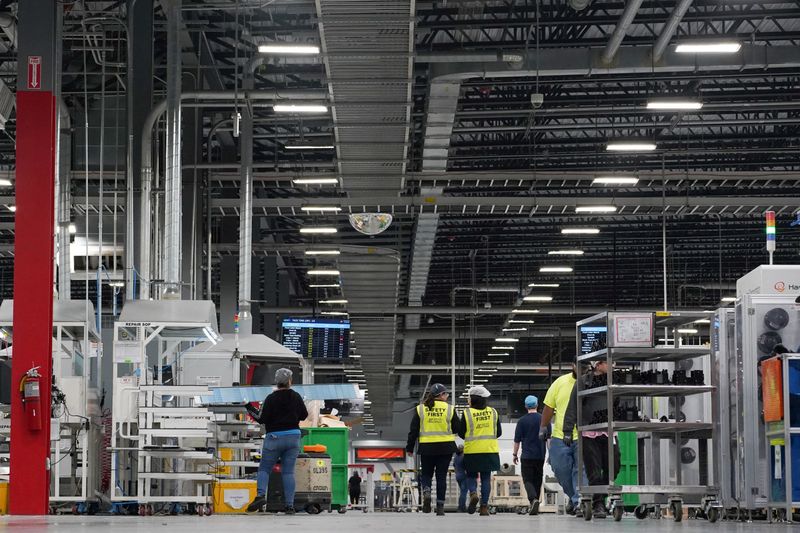SAN FRANCISCO (Reuters) – A surge within the U.S. labor pressure in recent times might have pushed up the variety of new jobs wanted to keep away from an increase within the unemployment fee to round 230,000 a month, in response to analysis revealed Monday by the San Francisco Federal Reserve Financial institution.
That elevated “breakeven” fee is probably going not a brand new regular, the paper’s authors wrote within the financial institution’s newest Financial Letter, however is because of a short lived enhance in immigration and labor pressure participation, and in time will seemingly fall again to its long-term estimate of between 70,000 and 90,000 new jobs a month.
The trail again to that long-run fee may take wherever from a yr and a half to greater than three years, relying on the tempo of immigration, they estimated.
Nonetheless, they wrote, “the short-run breakeven pace remains well above the long-run value for the time being, which explains the stability of the unemployment rate in the face of persistently high job growth.”
The U.S. unemployment fee remained pretty regular under 4% till only a couple months in the past, at the same time as month-to-month job development far outpaced the pre-pandemic common.
This newest analysis raises questions in regards to the implications of continued slowing job development below the braking impact of the Fed’s present coverage fee, within the 5.25%-5.5% vary since final July.

In the newest three months, month-to-month job development slowed to 177,000, and the unemployment fee ticked up from 3.8% in March to 4.1% in June.
Fed policymakers, whose interest-rate-hike marketing campaign in opposition to excessive inflation has made what lots of them really feel is important progress to this point, are more and more centered on the U.S. labor market as they attempt to assess when to ease coverage.




